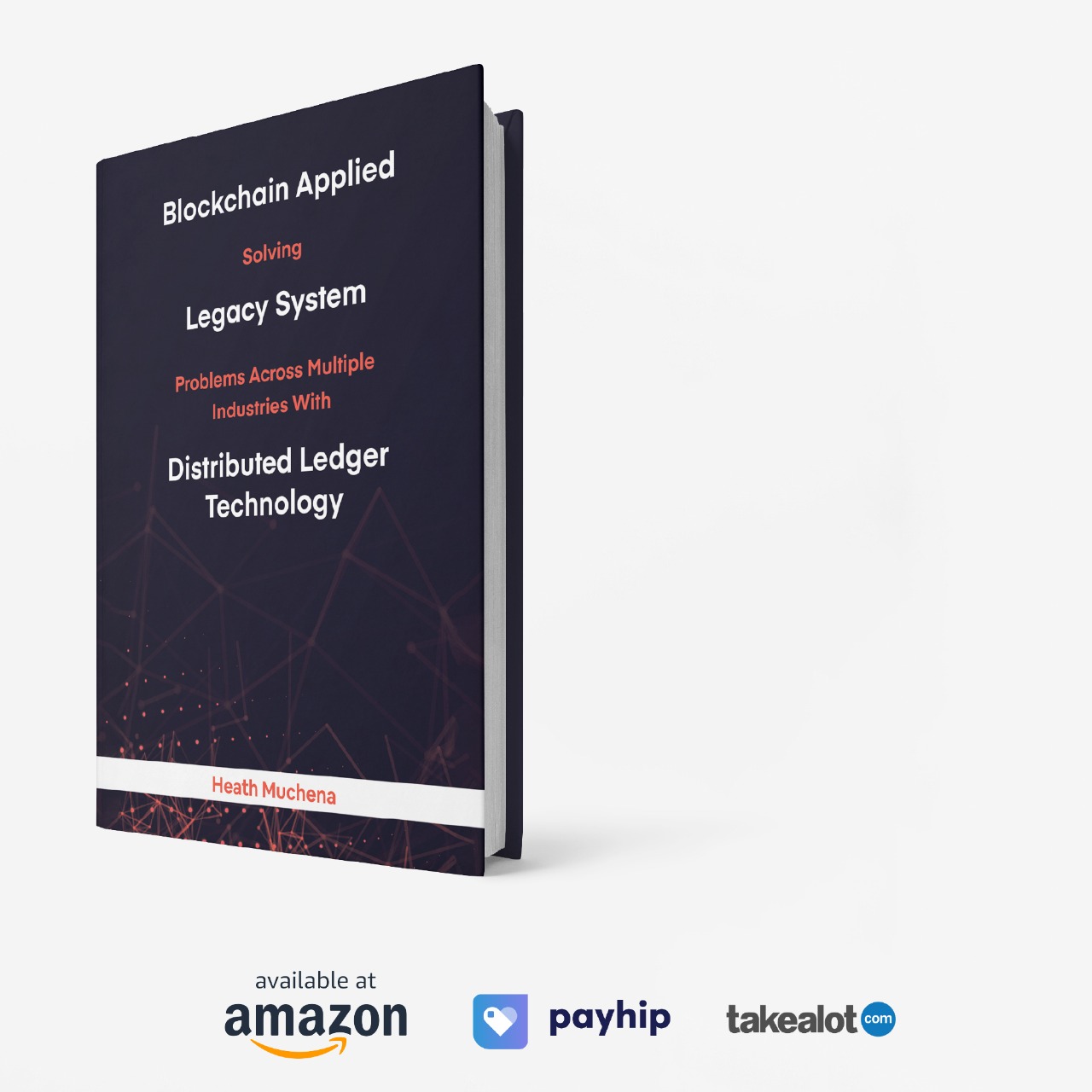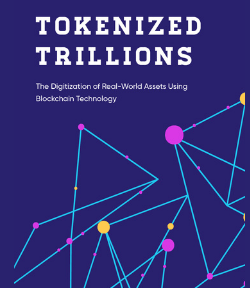
Bitcoin Hits the Mortgage Market
Why the U.S. Embrace of Crypto Collateral Could Change Everything
For years, Bitcoin has battled naysayers, shrugged off regulatory suspicion, and slowly marched into the halls of Wall Street. But nothing – absolutely nothing – has come close to what’s happening now.
The U.S. housing market, a $12 trillion behemoth and the backbone of American wealth, is officially opening its doors to Bitcoin.
Yes, you read that right.
In a stunning announcement, the U.S. Federal Housing Finance Agency (FHFA) has instructed mortgage giants Fannie Mae and Freddie Mac to recognize Bitcoin as an asset. Not in theory. Not as a thought experiment. But for real – on their books.
Welcome to the next era of financial convergence: Bitcoin meets the American Dream.
Bitcoin as Collateral
For the longest time, Bitcoin lived on the outskirts of the financial system – a rebellious outlier, a store of value for believers in decentralization and digital sovereignty. But the FHFA’s directive flips the script entirely. Fannie and Freddie, the invisible hands behind 60% of U.S. mortgages, will now consider crypto as mortgage reserve assets.
That means if you own Bitcoin, you could soon use it as collateral for your home loan.
Think about that. No more liquidating your stack just to afford a down payment. No more choosing between financial freedom and a fixed address.
This is seismic. And it’s not just about convenience. It’s about legitimacy. Bitcoin is finally being acknowledged not just as money – but as pristine financial infrastructure.
The Institutional Flywheel Begins
When Michael Saylor calls something “historic,” you know it’s time to pay attention. He’s not alone. A key FHFA official (nicknamed “PY”) confirmed that the agency’s move aligns with President Trump’s vision of making the U.S. the “crypto capital of the world.”
Saylor’s interpretation? This is the first domino. Mortgage-backed Bitcoin strategies could become commonplace. Banks might one day see BTC as lower-risk collateral than even real estate itself.
Why? Because Bitcoin’s market value is transparent, real-time, and global. No inspections. No property taxes. No geographic political risk. And unlike a home, Bitcoin doesn’t burn down, flood, or get rezoned.
Real Estate x Bitcoin = Symbiosis
This isn’t just bullish for Bitcoin. It’s bullish for the housing market, too.
By allowing homeowners to overcollateralize with Bitcoin, lenders reduce risk. Borrowers gain access to capital without selling their most valuable asset. It’s a win-win.
Even the banks benefit. Fewer defaults. Better loan terms. And in a rising-rate environment, tapping into new sources of collateral means more flexibility and less credit tightening.
We’re witnessing the early architecture of a crypto-integrated TradFi ecosystem – and it’s starting in real estate of all places.
Custody and Sovereignty
But – and this is important – there’s a catch.
To qualify, borrowers must hand over their Bitcoin. Not your keys, not your coins. Your BTC must sit in custody with Fannie or Freddie, managed by the same centralized system Bitcoin was meant to circumvent.
It’s a sobering compromise: access to the system comes at the cost of self-sovereignty.
Still, proponents argue these are systemically important institutions. In theory, they’re “too big to fail.” If you’re going to trust anyone to hold your Bitcoin, it might as well be a federally backed mortgage titan.
Yet skeptics will rightly ask: what happens in a worst-case scenario – war, depression, insolvency? Will the coins be safe? Or will they be swept into the fog of systemic failure?
A Strategic Reserve and the Accumulation Plan
And the story doesn’t end there.
In a comment that raised eyebrows and adrenaline levels, the White House’s Deputy Director for Digital Assets confirmed there is now an official accumulation plan for Bitcoin. Not just for confiscated coins or seized wallets. But active acquisition.
This isn’t about HODLing – it’s about sovereign Bitcoin strategy. Cynthia Lummis, Senator from Wyoming, even floated the idea of liquidating underperforming assets like gold and reallocating the proceeds to BTC.
Texas has already passed a law to create a strategic reserve. The U.S. might not be far behind.
What’s the limit? According to those close to the discussions, there isn’t one. Just like with gold, the goal is simple: get as much as possible before it runs out.
What Now? The Clock is Ticking
This isn’t just another crypto hype cycle. We’re not talking memecoins, NFTs, or another DeFi summer. This is institutional absorption. The real kind.
For the first time, Bitcoin isn’t just knocking on the door of legacy finance – it’s being handed a key to the vault.
Yes, there are risks. Yes, custody compromises the original vision. But this is the deal with the devil Satoshi probably expected all along: decentralization wins only when it interfaces with power.
And power, it seems, just invited Bitcoin to the mortgage table.
So what should you do? Maybe nothing. Maybe everything. Just remember this: they’re no longer asking how much Bitcoin is enough. They’re asking how fast they can get more.
The flywheel has started. And it’s not stopping anytime soon.
When governments and banks start accumulating Bitcoin – not selling it – that’s your final warning. Not your keys, not your coins. But also: not your seat at the table, not your share of the pie.
Time to choose.






